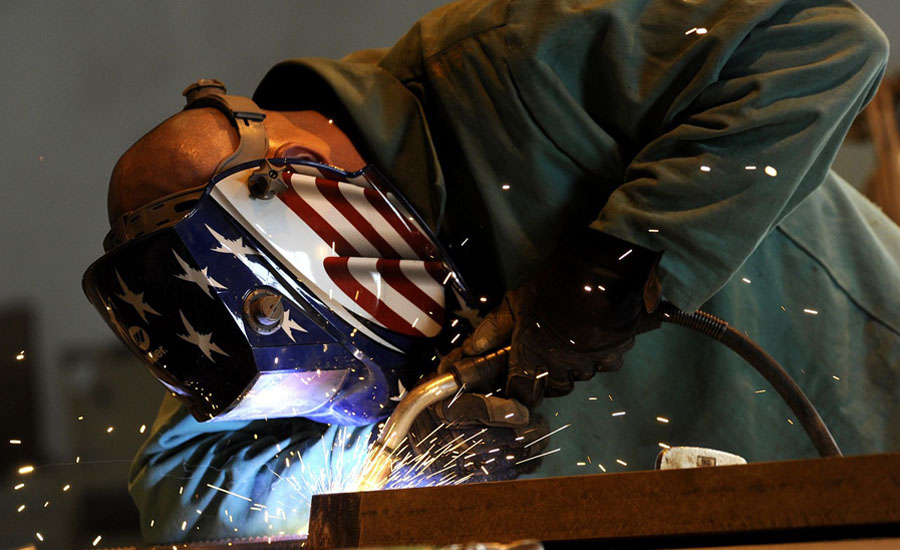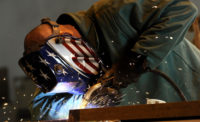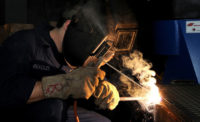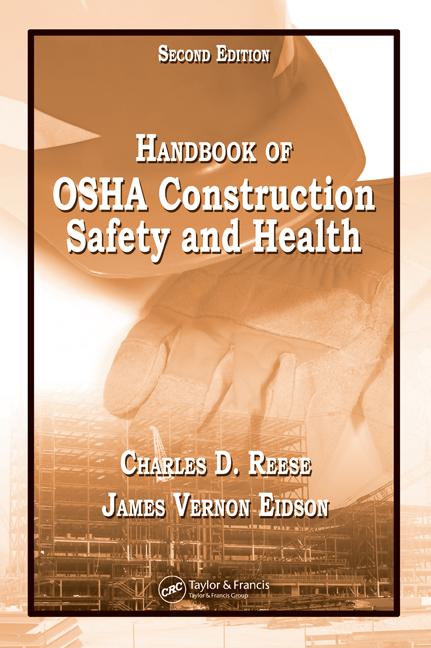General hazards of welding include impact, penetration, harmful dust, smoke, fumes, heat and light radiation. Welding “smoke” is a mixture of very fine particles (fumes) and gases. Many of the substances in the smoke can be extremely toxic. The intense heat of welding and sparks can cause burns. Eye injuries have resulted from contact with hot slag and metal chips. The intense light associated with welding can cause eye damage. Ultraviolet light from an arc can cause “welder’s flash” and also skin burns. There is also a danger of electric shock. If combustible or flammable materials are nearby, the heat and sparks produced by welding can cause fires or explosions. The use of compressed gas cylinders poses some unique hazards to the welder.
OSHA stresses its three lines of defense philosophy helps eliminate or reduce potential exposures to hazards. The first line of defense is to utilize engineering controls to eliminate the hazard. Adding ventilation to reduce air contaminants from a welding operation is an example of an engineering control. Administrative controls are the second line of defense. Scheduling the work to limit a welder’s exposure to a hazard is an example of an administrative control. Personal protective equipment (PPE) is the last line of defense. Wearing a respirator to limit a welder’s exposure to welding fumes is an example of a PPE control. When properly selected and maintained, PPE can help protect employees from welding hazards.
Source: WW Grainger







